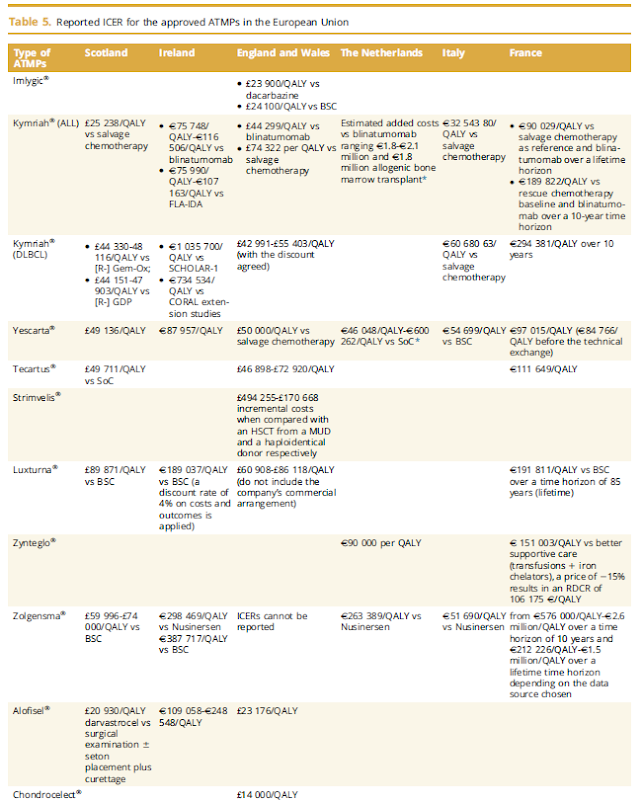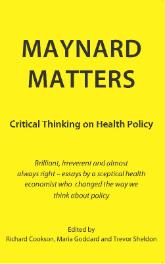The NHS in England at 75: priorities for the future
Resumit amb IA
El document "The NHS in England at 75: priorities for the future" és un informe de l'NHS Assembly que reflexiona sobre la història del Servei Nacional de Salut (NHS) a Anglaterra en el seu 75è aniversari, la seva situació actual i les prioritats per al futur. L'informe es basa en la retroalimentació de milers de persones a través del procés de participació NHS@75, així com en l'experiència dels membres de l'Assemblea.
Resum
L'informe destaca que el 75è aniversari del NHS és un moment per revisar el passat, avaluar el present i planificar el futur per satisfer les necessitats canviants. Tot i que no és una prescripció política detallada, l'informe identifica allò més valuós del NHS, allò que més necessita canviar i què es requereix per continuar complint la seva missió fonamental en un nou context.
1. D'on venim?
El NHS va néixer de l'esperança, fundat sobre el principi de proporcionar assistència universal basada en la necessitat i no en la capacitat de pagar. Aquest principi continua tenint una gran ressonància, amb 19 de cada 20 persones que volen que el NHS segueixi sent gratuït en el punt d'atenció. Els participants en NHS@75 van destacar aquests principis i valors com el més important a celebrar i conservar.
L'informe subratlla com el NHS s'ha adaptat per satisfer les necessitats canviants, amb millores significatives en el tractament d'atacs de cor i càncer, així com en la provisió de salut mental. També ha estat al capdavant d'innovacions com els reemplaçaments de maluc, el primer nadó proveta i nous tractaments de teràpia gènica per a la leucèmia infantil. Més de la meitat dels participants en NHS@75 van celebrar aquestes millores.
Al cor d'aquesta història hi ha la força laboral del NHS, amb 1,3 milions de personal de més de 200 nacionalitats, juntament amb uns cinc milions de cuidadors no remunerats. La resposta a la pandèmia de COVID-19 és un exemple recent de la seva diversitat, resiliència i adaptabilitat.
El fet de ser un únic NHS nacional ha facilitat el desenvolupament i la implementació de nous tractaments i tecnologies, i ha contribuït a l'eficiència del sistema.
L'informe també recorda que la salut de la nació depèn de factors més amplis que el NHS, com l'educació, l'habitatge, l'ocupació i la pobresa, i la importància d'abordar les desigualtats en els determinants socials de la salut.
2. On som ara? Quin és el nostre nou context?
Avui dia, hi ha un immens orgull en el desenvolupament continu dels serveis del NHS, com la creació recent de 9.000 llits de sala virtual per proporcionar atenció a casa. El NHS té fortaleses perdurables com la pràctica general universal, els seus vincles amb la ciència i la recerca, i el seu sistema d'educació i formació. Recentment, s'ha fet un gran esforç per integrar l'atenció proporcionada per metges de capçalera, hospitals i serveis comunitaris a través de la creació de Sistemes d'Atenció Integrada (ICS).
Malgrat els esforços del personal de primera línia, el NHS no sempre proporciona un accés oportú a consells, diagnòstics i tractament. Les llistes d'espera estan en el seu màxim històric i la satisfacció pública és la més baixa des de finals dels anys noranta. El NHS i l'atenció social s'enfronten a desafiaments significatius derivats de l'augment de la demanda, la capacitat limitada i la necessitat de recuperació de la COVID-19. Aquests reptes tenen causes profundes, com la complexitat dels processos, les vacants de personal, el creixement insuficient de la capacitat i les desigualtats en l'accés i els resultats de salut. La infraestructura física i digital del NHS necessita inversió i renovació.
El NHS@75 va destacar sis àrees importants on el NHS necessita millorar o s'enfronta a reptes importants:
- Accés i comunicacions: Dificultat per accedir a l'atenció, llargues llistes d'espera i comunicacions confuses.
- Suport a la força laboral del NHS: Pressió laboral intensa, falta de temps per recuperar-se, preocupacions per l'esgotament i la necessitat de millorar les condicions laborals.
- Augment de les malalties cròniques, la multimorbiditat i la fragilitat: Població envellida amb necessitats més complexes.
- Desigualtats en l'accés, l'experiència i els resultats: Disparitats significatives en salut entre diferents grups de població.
- Inversió de capital: Edificis i equips obsolets, i necessitat d'actualització de la infraestructura digital.
- Determinants més amplis de la salut i el benestar: Necessitat d'un enfocament més coordinat per abordar factors com la renda, l'habitatge i l'ocupació.
Malgrat aquests reptes, el NHS té fortaleses i oportunitats, com la pràctica general universal, l'anàlisi de cost-efectivitat del NICE, el sistema d'educació i formació de classe mundial i la seva base de dades única d'interaccions amb els pacients. La pandèmia de COVID-19 va demostrar la capacitat del NHS per aconseguir un canvi profund i transformador quan és necessari.
3. Cap a on va el NHS? Modelant el futur de l'assistència sanitària
El NHS necessita fer nous canvis en la manera com es presta l'atenció per abordar l'acceleració de les malalties cròniques i la fragilitat. Hi ha un consens creixent sobre la necessitat de tres grans canvis:
- Prevenció de la mala salut: Augmentar la inversió en mesures preventives basades en l'evidència per a malalties com les cardiovasculars i l'obesitat, i treballar amb altres per arribar a aquells amb més risc. Això inclou un paper actiu del NHS en la defensa d'accions efectives per abordar els determinants més amplis de la salut.
- Personalització i participació: Garantir que les persones tinguin control en la planificació de la seva pròpia atenció, amb una continuïtat en la relació amb els equips clínics i un marc de responsabilitat del NHS que doni més prioritat a l'experiència i la veu dels pacients. Això implica un compromís amb el principi de "res sobre mi sense mi".
- Atenció coordinada, més a prop de casa: Accelerar els plans per enfortir la pràctica general, l'atenció primària i els serveis comunitaris a cada barri. Universalitzar una millor atenció per a aquells amb necessitats complexes i fragilitat basada en equips comunitaris i serveis d'hospital a casa. Això requereix trencar les divisions històriques entre diferents parts del sistema sanitari i una millor integració amb els serveis del govern local, especialment l'atenció social.
4. Creant les condicions per al canvi
La història del NHS demostra que els grans canvis només es produeixen quan es donen simultàniament una sèrie de factors habilitadors. L'informe identifica set habilitadors crucials:
- Suport a aquells que proporcionen atenció: Resoldre les disputes salarials, valorar i donar suport al personal, abordar les desigualtats laborals i implementar el NHS People Promise. També implica donar suport als cuidadors no remunerats i augmentar el voluntariat.
- Construcció de col·laboracions: Enfortir les col·laboracions a través dels ICS, amb les autoritats locals, el sector VCSE (voluntari, comunitari i empresa social) i els pacients i cuidadors.
- Aprofitament del poder del digital i les dades: Crear un registre electrònic de pacient completament connectat, ampliar l'ús de l'aplicació NHS i invertir en sistemes d'informació.
- Inversió en infraestructura: Desenvolupar un pla d'infraestructura a llarg termini per modernitzar edificis i equips, especialment en atenció primària i comunitats, i per aprofitar el potencial digital.
- Maximització del valor de l'atenció i el tractament: Reduir el malbaratament, abordar la variació injustificada en l'atenció i involucrar els pacients en les decisions de tractament.
- Lideratge i aprenentatge: Promoure una cultura d'aprenentatge i millora contínua a tots els nivells del NHS.
- Una nova relació entre el NHS i el públic: Veure les persones i les comunitats com a actius i fomentar la responsabilitat compartida en la millora de la salut i l'atenció. Això podria incloure un "pacte" amb el públic que estableixi què poden esperar i què poden contribuir.
L'informe conclou que hi ha un acord creixent sobre la necessitat d'aquests canvis i les condicions per aconseguir-los. La tasca per als propers anys és alinear aquest propòsit comú amb la implementació concreta del canvi. Els Plans Conjunts Futurs que publicaran les Juntes d'Atenció Integrada seran clau per reflectir aquests canvis a nivell local.















